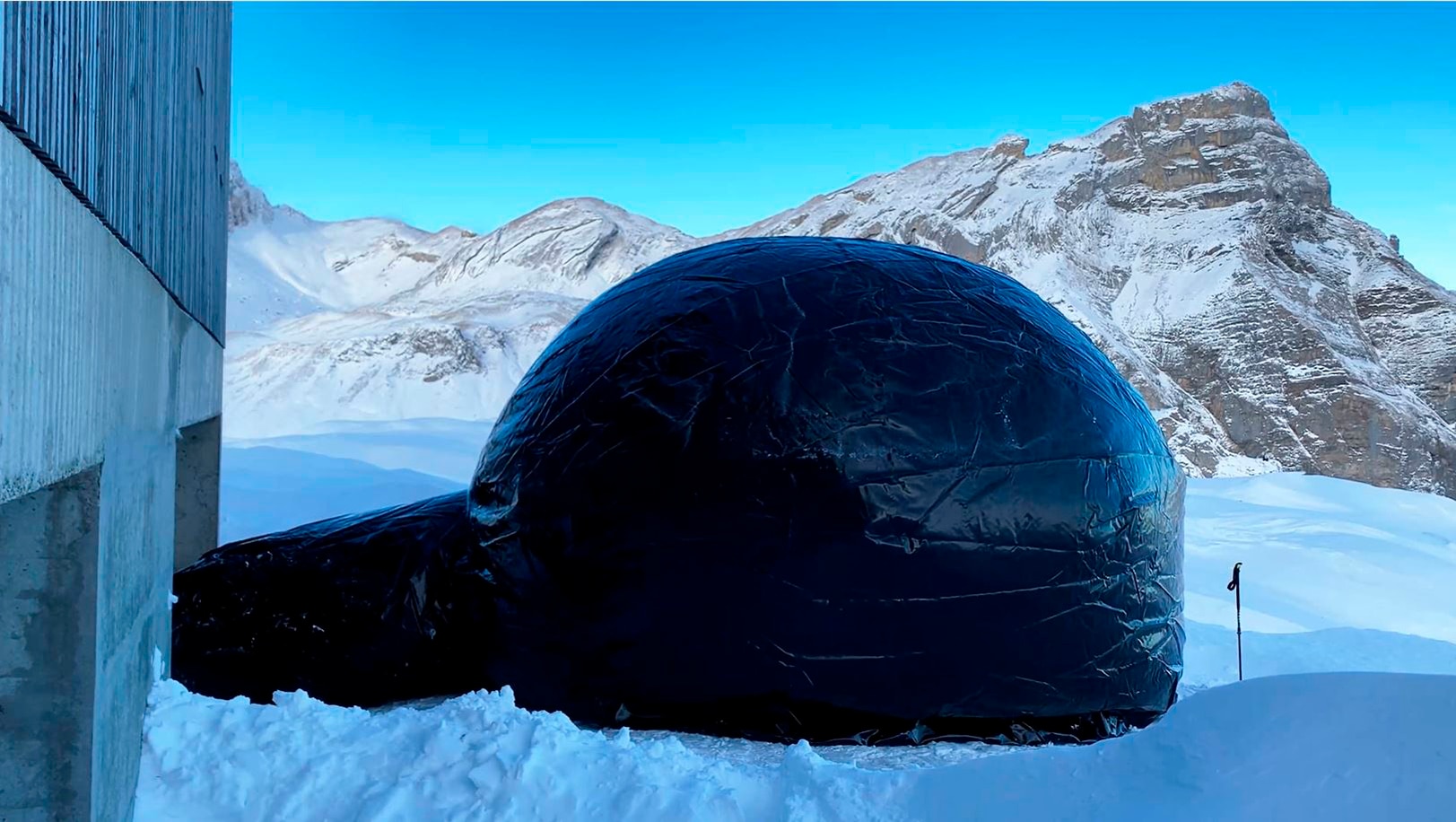Building Igloos with Leister's SEAMTEK

Product Stories11 Feb 2021
Lukas Ineichen and Urs Schmid from Leister Technologies AG, Switzerland, tested whether it is possible to weld an igloo mold with Leister's SEAMTEK welding machine. They explain how this worked in the interview below.

Urs Schmid welds the PVC material for the igloo mold with the SEAMTEK W-900 AT welding machine from Leister.